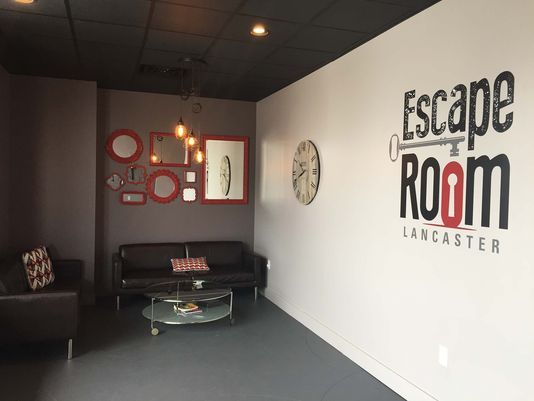
What was once a small entertainment concept has now exploded into a thriving business – the escape rooms! In 2024, the escape room industry remains on the rise and opens its doors to new clients.
This article delves into why escape rooms have become a successful business model today.
Why Are Escape Rooms Popular?
-
Unique Entertainment Experience
Escape rooms are not like movies or video games. They present real-world challenges. Here, players can interact both with one another and their surroundings.
-
Team-Building Opportunities
Many companies use escape rooms for team-building. They help employees bond and improve communication. This is why businesses invest in escape room experiences.
-
Appeal to a Wide Audience
Escape rooms attract all walks of life. Families, friends, and even coworkers love them. There’s a theme for everyone – mystery and adventure, or horror and fantasy. This broad appeal ensures a constant flow of customers.
The Business Side of Escape Rooms
-
Low Startup Costs
A small space, creative themes, and puzzles are enough to start. Compared to other businesses, the setup costs are manageable. This makes it attractive to entrepreneurs.
-
High Return on Investment (ROI)
With proper marketing and high-quality experiences, owners can recover their costs quickly. Repeat customers and corporate bookings boost profits further.
-
Flexible Business Model
Escape rooms can be changed in terms of themes and formats. Owners can change the rooms periodically to keep their customers interested. Mobile escape rooms and virtual versions are becoming popular. This flexibility keeps the business fresh.
Trends Enhancing Escape Room Success in 2024
-
Technology Integration
In 2024, escape rooms are more tech-driven. Advanced gadgets, virtual reality (VR), and augmented reality (AR) create immersive experiences. These innovations attract tech-savvy players and keep escape rooms relevant.
-
Story-Driven Experiences
Players now seek deeper, story-driven experiences. Escape rooms with strong narratives enhance customer engagement. People enjoy being part of a story, which makes them return for more.
-
Hybrid and Online Escape Rooms
The introduction of hybrid escape rooms with both physical and digital aspects has created new markets. Online escape rooms became popular during the pandemic and are continuing to grow. They help teams working remotely and worldwide players.
Marketing Strategies That Work
-
Social Media Presence
Escape rooms rely on social media. Customers love sharing photos and experiences online. This generates free marketing. Engaging content and promotions on sites like Instagram and Facebook lead to bookings.
-
Partnerships with Local Businesses
Escape room entrepreneurs usually partner with local businesses. They work with cafes, cinemas, and event organizers. These partnerships bring more customers and packages that can be used to enhance the experience.
-
Reviews and Word-of-Mouth
Good reviews are important for success. Happy customers spread the word, and new players come in. Owners focus on giving great service to ensure good reviews.
Challenges and How to Overcome Them
-
Keeping Experiences Fresh
Stale puzzles and themes are a reason to turn away repeat customers. The owners often update their rooms to avoid this problem. New stories and challenges make the experience exciting.
-
Balancing Costs and Quality
High-quality escape rooms can be expensive. But when the costs are balanced with creativity, profitability is maintained. Smart investments in design and technology pay off in the long run.
-
Competition
The escape room market is competitive. Businesses, therefore, differentiate themselves with unique themes and excellent customer service. They also try to create loyal communities by offering special events and membership opportunities.
Conclusion
Escape rooms have evolved from being just a fun activity. They have become a profitable business model with a bright future. The low startup costs, high demand, and innovative experiences make them a smart investment.
In 2024, escape rooms continue to thrive, offering exciting opportunities for both entrepreneurs and players. Creativity and adaptability will be needed as the industry continues to evolve. For the many people seeking entry into the market, now’s the time to convert puzzles into profits!